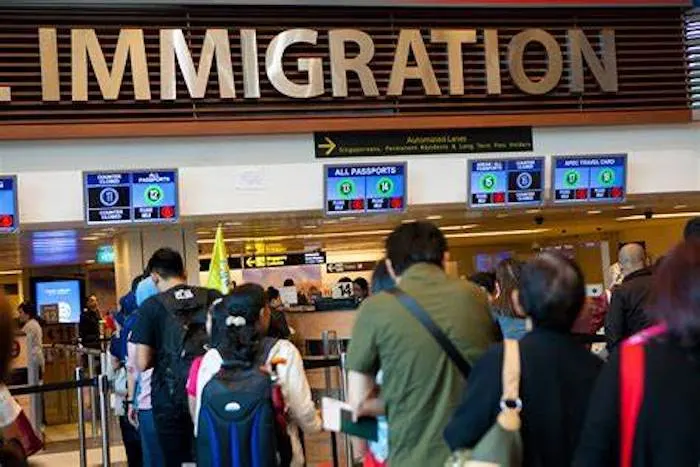Migration continues to transform Latin America, challenging long-standing border policies and reshaping communities. Over the past decade, mass displacement from Venezuela has forced nations accustomed to emigration to adapt quickly, implementing temporary protection and regularization programs alongside—or in place of—traditional asylum systems.
While these ad hoc measures have provided flexibility in responding to sudden migration flows, their temporary nature has increasingly created instability for both migrants and host communities. As regional governments refine their policies, experts urge a careful evaluation of the trade-offs between short-term fixes and sustainable solutions.
A new report examines temporary protection and regularization programs across 11 countries and regions, including Brazil, Chile, Colombia, the Dominican Republic, Ecuador, the European Union, Morocco, Peru, Spain, Turkey, and the United States. The analysis highlights the risks of partial integration and calls for long-term frameworks to maximize migration’s economic and social benefits.
Key recommendations focus on transitioning from reactive measures to durable policies, ensuring stability for displaced populations while strengthening receiving nations’ capacity to harness migration’s potential.
Related topics:
- What’s The Best Immigration Lawyers For Deportation Cases
- Who Has Authority Over Immigration
- Concerns Raised Over Delays in North Bay’s Rural Immigration Program


